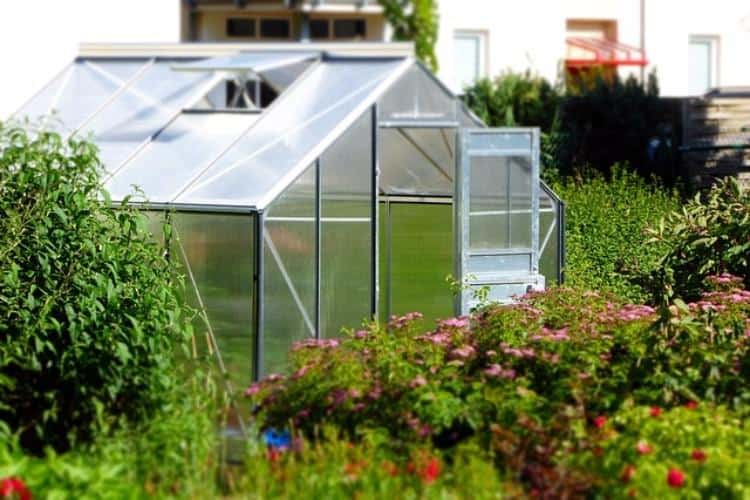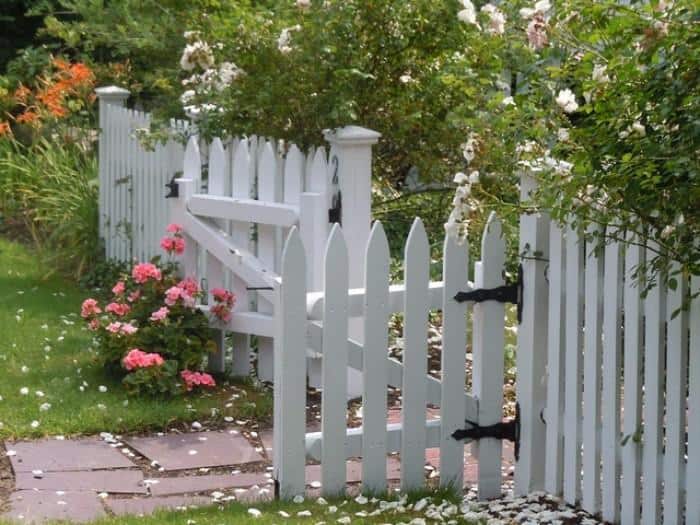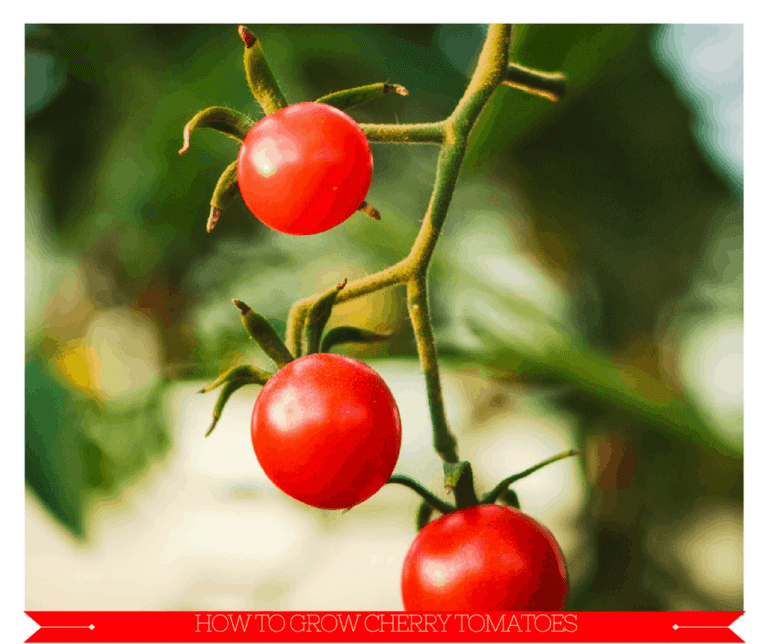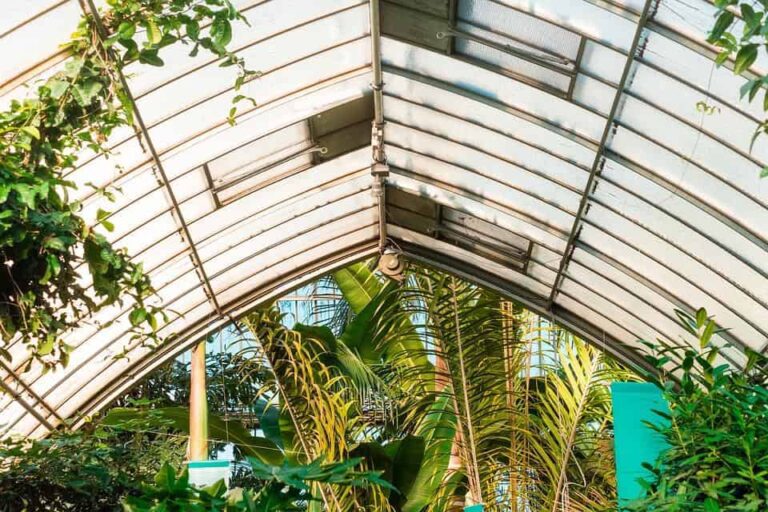Kale Varieties (Edibles & Ornamental Kale)
You can divide kale into two main varieties: edible kale and ornamental kale. Edible kale types include curly leafed varieties, plain leafed varieties, Tuscan kale, Siberian kale and Russian kale. Each type has subtle differences in flavor and texture. You can technically eat ornamental kale, but most people don’t want to because of its weak flavor and tough texture. Ornamental varieties have leaves that turn color as the temperatures cool down in the fall.
Kale Varieties for Eating
Technically, you can eat any variety of kale. But some varieties produce leaves that are more tender and better for eating than others.
In the video above, Vince from Eat Well, Live Well introduces you to three of the more popular kale varieties for eating. Although you can expect the same general flavor from each type of kale, the texture and thickness of the leaves differs.
The shape of the plant’s leaves also differs. Kale varieties are often grouped by leaf style, whether it’s curly or plain. Within each leaf type, there are numerous sub-varieties of kale.
The great thing about growing your own kale is that you choose pick a few different types to try, giving you a lot more options than you’d find at the local farmers’ market or grocery store. Here’s a rundown of the more common types of kale and what you can expect when growing them.
Curly Kale
Curly kale has frilly leaves. It might be one of the most common types of kale. Its leaves are used in cooking and are often used as a garnish on restaurant dishes.
Curly leafed varieties of kale often ranges in color from green to a blue-tinted green, though purple varieties also exist. Some are dwarf varieties, meaning they produce leaves that are smaller than average. The smaller leaves are often more tender.
The taste of curly kale can be very strong, and is described as bitter and peppery by One Green Planet. If you harvest the leaves early, you might notice a milder flavor. The flavor becomes sweeter if you wait to harvest until after a frost.
Plain Leaf Kale
Plain or flat leaf kale varieties, such as Beira, have wide, smooth leaves. Beira kale more closely resembles collard greens (a distant relative) than it does other types of kale. Like collard greens, the leaves of Beira kale can reach up to two feet wide.
Also known as Portuguese kale, the variety is one of the most heat-tolerant of all kale types, according to PDX Monthly. The leaves are very tender and are often used in soups.
Due to its large size, Beira kale needs more space in the garden than other kale varieties. Otherwise, it has the same basic needs and requirements as other types of kale.
Lacinato Kale
Lacinato kale is also known as dinosaur kale, Tuscan kale or black cabbage. It has very dark blue-green leaves that are neither curly nor flat. Instead, the best way to describe its leaves might be bumpy. They have an uneven texture and are usually narrower and taller than other types of kale leaves.
Some argue that Lacinato kale has the best flavor out of all the kale varieties. Like other types of kale, leaving it in the garden to harvest after the first few frosts is thought to improve or sweeten its flavor.
Red Russian Kale
Red Russian kale has thick stems that are a deep burgundy color. Its leaves are slightly thicker than other varieties of kale and resemble the leaves of oak trees. The stems of the plant are pretty woody and aren’t good for eating. The variety is also larger than other types of kale, reaching up to three feet tall.
Here’s some white Russian kale (not exactly the same thing but close):
Siberian Kale
Siberian kale is actually a completely different species of kale. While most kale varieties fall under Brassica oleracea, Siberian kale is classified as Brassica napus. The plant is actually more closely related to turnips than it is to kale.
There are a few benefits to growing Siberian kale over other types. According to the Missouri Botanical Garden, Siberian kale is able to resist many of the diseases and insect pests that other kale varieties face.
The plant is also more cold-hardy than other varieties. Its leaves are more tender and usually have a milder flavor than other types of kale.
Kale Varieties for Decoration
Some types of kale are mainly grown for ornamentation, rather than for cooking and eating. Flowering kale has a somewhat deceptive name, as the plant never actually produces a flower. The plants get their name from the fact that the leaves turn purple or pink as the temperatures drop.
Ornamental kale is usually smaller than other kale varieties. It usually grows to be about a foot tall. Although the plants will thrive when given lots of space in the garden, you can plant them more closely together, particularly if you live in a colder area, where the plants won’t have much time to grow.
Ornamental kale is often planted in the fall to add some color and interest to the garden as summer annuals are nearing the end of their life cycle. The kale can be planted earlier in the season, but will need a good amount of protection from the heat and sun to make it through until the frost.
Since people are usually thinking about decoration when breeding flowering kale, they often don’t think about the taste of the leaves or the texture of the leaves. While you can eat ornamental kale leaves, you most likely won’t want to, since the leaves are likely to lack flavor and to be very tough.
Those who do pick ornamental kale leaves for use in the kitchen often use them as a garnish or as a decorative touch beneath egg and other types of salad.
If you are unsure of which type of kale to grow in your garden, you don’t have to choose. You can plant a number of varieties and see which you like best. You can also purchase a seed packet that contains a mix of varieties and see which types pop up.
Photo by Eileen Kane licensed under CC BY 2.0.







Hi Emily, Just one comment, do you advocate wearing a protective breathing mask while dusting? I didn’t notice any mention of it but it is probably a good practice.
Carl B.